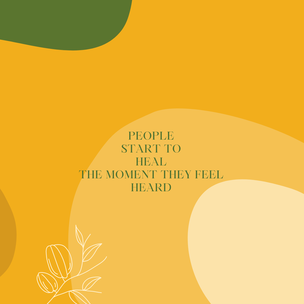 When my son was born, I remember the moment I realised I could lose everything before I even met him. He was 6 weeks early, an emergency C section. They had 4 minutes to get him out safely, and not much more time after that to stop the massive haemorrhaging I had so I could be here to see him. I remember the consultants tone of voice as she flipped back my bed, turned to her colleague and said “get the anaesthetist now.” I remember my midwife’s face as she turned to me and said “we need to put you to sleep Linda, he’s in distress, we need to do an emergency c section” no discussion, just a smile, a firm squeeze, and “I’ll be with you all the way.” Angela her name was. And I remember grabbing her hand and pleading through tears “please get him out safe and please let me be here to meet him”. I knew we were in trouble. I didn’t understand any of it. I didn’t need to in that moment. But afterwards I talked about this non stop. I talked about the lead up, the words they all said, their expressions, the surgeon coming to see me afterwards. Explaining everything to me. What had happened, how it had happened, what she did (she seemed very proud of the fact that she still managed to give me a “tidy C section scar”). I talked about it to my mum, my sister, my dad (god love him) the next door neighbour, work colleagues, Facebook friends, the postman and the lady at the bus stop. Everyone. I didn’t know then what I know now. I was integrating. My emotional right side of my brain was integrating with the logical and rational left side of my brain so I could understand, and regain a sense of control, predictability, of safety. It was healing. When trauma happens we need to heal. To heal we need to talk about it. To talk about it we need to know it, to be conscious of it - to have the support to understand it. If it stays buried in our body, without a way to seek understanding, we will struggle to heal. It’s why restorative practices are so powerful. Trust the process. LJ Sayers is a restorative practitioner, trainer and consultant, living in Northern Ireland. She is a wife to JP (her rock), a mum to J (her reason and purpose), a Covid Redundant Hugger, Storyteller and Chief Quality Controller of all chocolate in her household.
0 Comments
Leave a Reply. |
AuthorLinda Sayers Categories
All
Archives
September 2021
|
